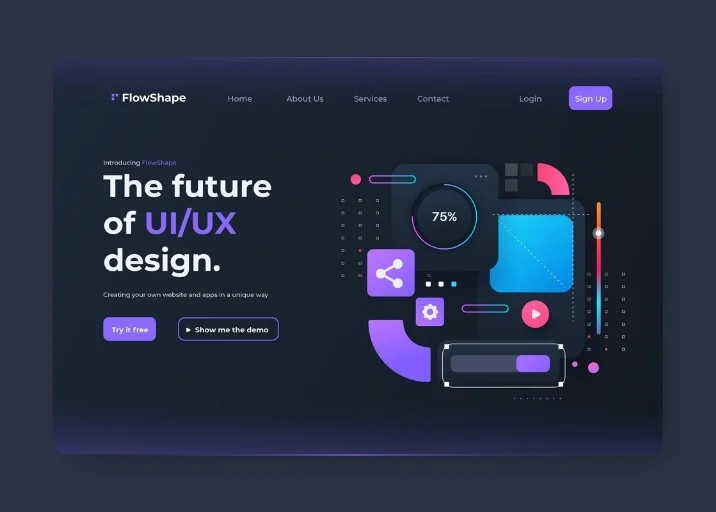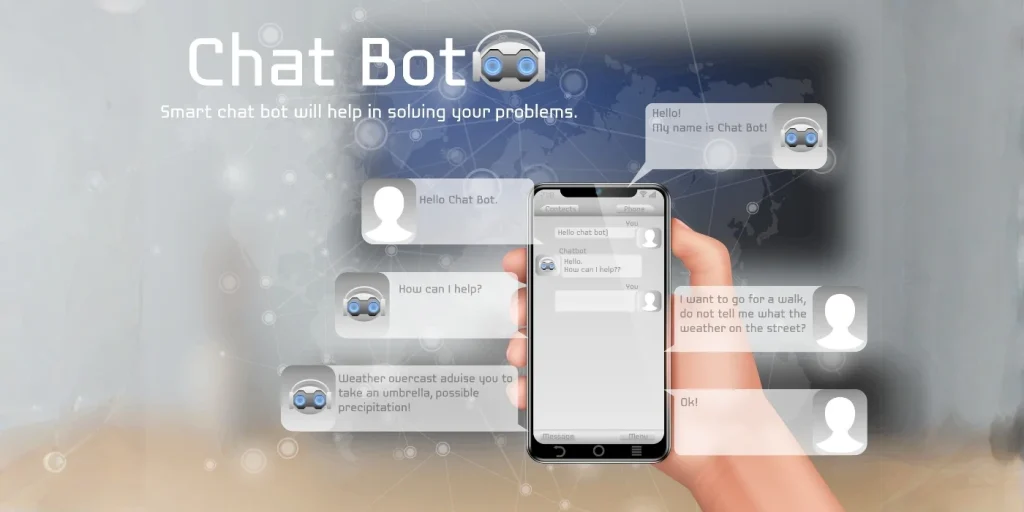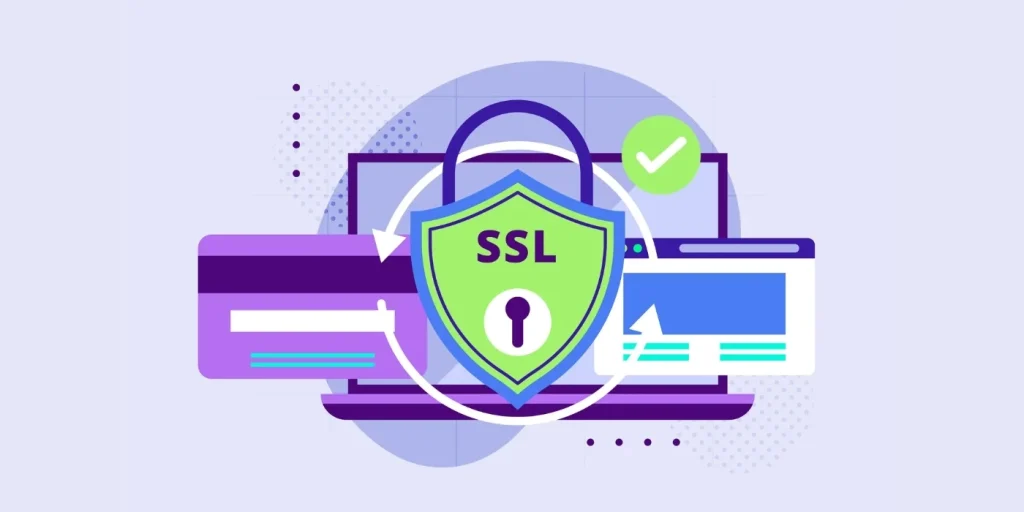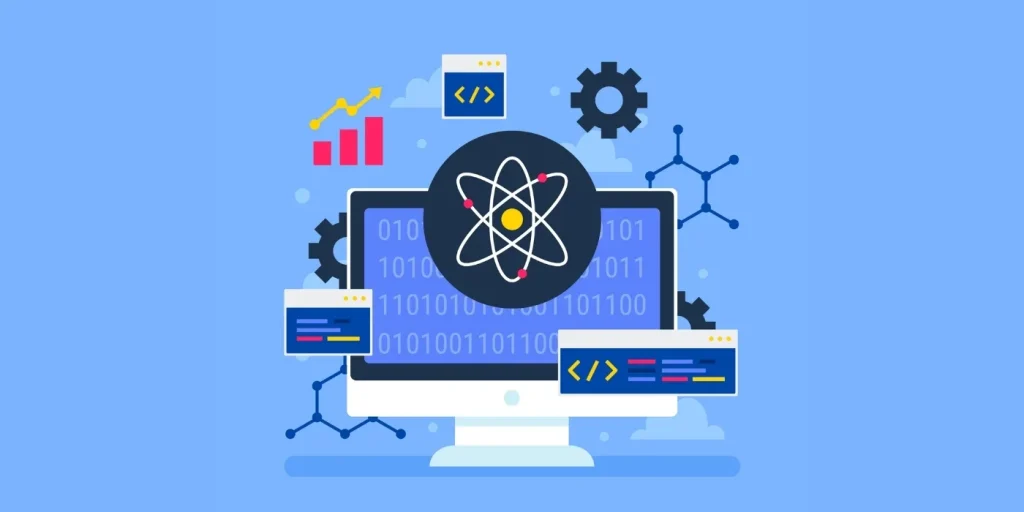The Dark Side of Design: When and How to Implement Dark Mode UI

Dark Mode has quickly evolved from a design trend into a standard expectation. From mobile operating systems to SaaS dashboards and consumer apps, users now expect the option to switch between light and dark themes.
GDPR, CCPA, and Beyond: Making Your Website Compliant in a Global Marketplace

Data has become one of the most valuable assets in the digital economy. Every website today collects some form of user information, whether it is a contact form submission, newsletter signup, analytics data, or behavioral tracking through cookies. As businesses expand globally, so does the responsibility to handle this data carefully.
Leveraging TypeScript: Building Robust and Less Buggy JavaScript Applications

JavaScript has come a long way. What started as a lightweight scripting language for simple browser interactions is now the backbone of complex, large-scale web applications. From enterprise dashboards to fintech platforms and SaaS products, JavaScript powers experiences used by millions of people every day.
Technical SEO Audit: 7 Hidden Issues That Are Tanking Your Organic Traffic

You can invest heavily in content, backlinks, and paid marketing, yet still wonder why your organic traffic refuses to grow. In many cases, the answer is not visible on the surface. It lives deep inside your website’s technical foundation.
Serverless Architecture: The Future of Building Scalable Web Applications Without Managing Servers

For years, businesses have been stuck in the same cycle. They purchase servers, configure them, optimize performance, install security patches, and hope that everything works smoothly when traffic arrives. This approach worked when applications had predictable traffic patterns. But today’s digital ecosystem is unpredictable. Apps can receive 500 visitors one moment and 50,000 the next. This volatility demands an architecture that adjusts instantly without manual intervention.
AI-Powered Chatbots: Transforming Customer Support Beyond Traditional FAQs

Most people remember the early days of chatbots. You would type a simple question and hope the bot had that exact phrase written in its script. If not, you were stuck. Thankfully, those days are behind us. Today’s AI-driven chatbots are much smarter. They understand context, analyze intent, and offer personalized solutions in real time. They also work nonstop, without breaks or burnout.
The Power of Purposeful Micro-Interactions: Boost Engagement Without Distraction

Small details shape big impressions. Micro-interactions — those subtle animations, hovers, confirmations and loading states — are the moments users feel a product’s personality and trustworthiness. When designed thoughtfully, these tiny moments guide users, reduce friction, and increase conversions. When designed poorly, they distract, annoy, or hide critical system feedback.
The Essential Guide to Website Security Hardening: Beyond the SSL Certificate

Website security is no longer optional — it’s a business necessity. In an age where cyber threats are growing smarter, even small vulnerabilities can open the door to massive data breaches, financial losses, or reputation damage. Yet, many businesses stop at installing an SSL certificate and assume their website is “secure enough.” The truth? That’s just the first step.
Why React Isn’t Going Anywhere: Mastering the Modern Front-End Framework

In the ever-evolving world of web development, frameworks come and go — but React has not just survived, it has thrived. Introduced by Facebook in 2013, React has grown into one of the most powerful and widely adopted JavaScript libraries for building user interfaces. Over the past decade, while several frameworks have entered the scene, React continues to dominate front-end development across startups, enterprises, and even global tech giants.
This isn’t just by chance. React’s success lies in its adaptability, robust ecosystem, and strong developer community. With new features like Hooks, Concurrent Rendering, and the evolving React Server Components, the framework keeps modernizing without losing its core simplicity.
In this blog, we’ll explore why React is here to stay, how it keeps pace with the changing tech landscape, and why mastering it remains one of the smartest moves for front-end developers and digital agencies like Elite Web Technologies.
Preparing Your Website for the AI Era: A Guide to Generative Search Optimization (GSO/AEO)

The search landscape is changing faster than ever. Google’s new Search Generative Experience (SGE) has ushered in the era of AI-powered search, where answers are generated instead of listed. Traditional SEO is no longer enough. Businesses must now think about how to appear in AI-generated summaries and conversational search results.
This shift marks the rise of two new concepts — Generative Search Optimization (GSO) and Answer Engine Optimization (AEO). These are the next frontiers of digital visibility. In this guide, we’ll break down what SGE, GSO, and AEO mean, why they matter, and how you can prepare your website to thrive in this AI-driven future.


